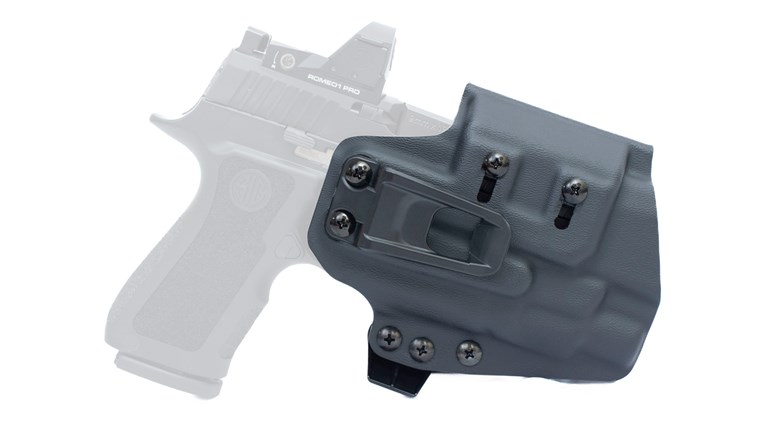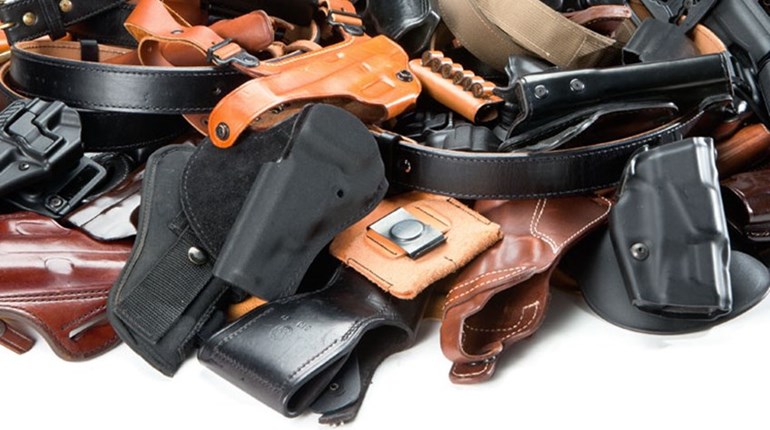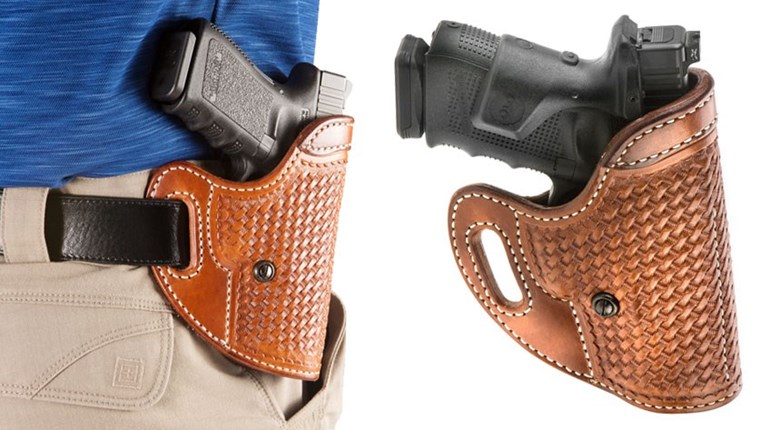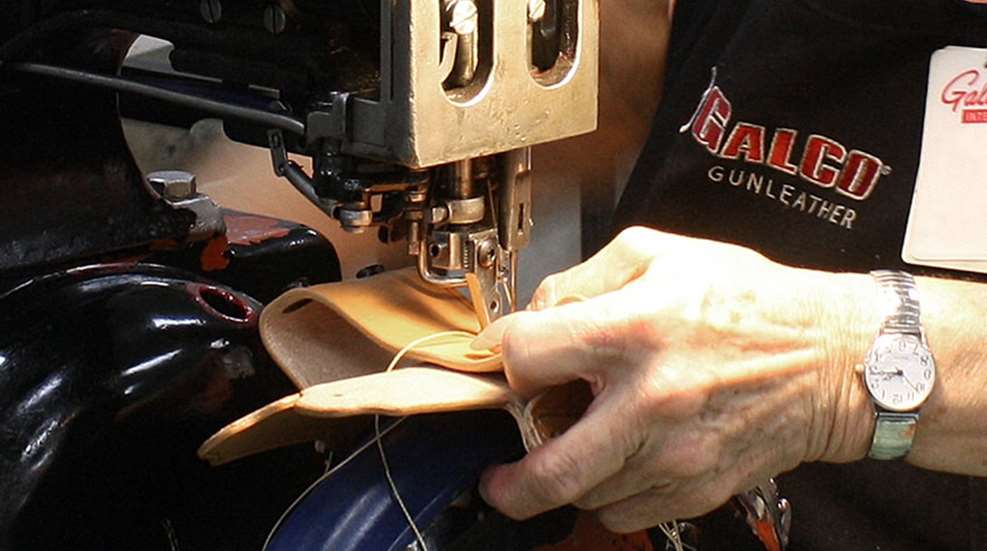
A holster’s primary function is handgun retention at a level commensurate with exertion and mission, while providing efficient presentation under duress. The best versions add day-long comfort. Shooting Illustrated asked the experts how they address that seemingly impossible juggling act and what goes into the process of creating new models.
New handguns require hundreds of hours of design, testing and engineering work. The speed at which matching holsters appear—often simultaneously—can be astonishing, sometimes even fueling a mistaken belief that manufacturers don’t invest heavily in their design. The truth is gun manufacturers provide holster makers a preview and samples long before the firearm ships to stores, and for good reasons.
“They will include us in their plans to introduce new firearms so we can have holsters available for sale at the time of launch,” Trent Cooper, brand manager at N8 Tactical, explained. “There are times that this does not happen, but even then, we work diligently at obtaining a firearm or mold in our attempt to be the first in the market with a holster.”
DeSantis Holsters has a similar relationship. “We work with most of the leading firearm manufacturers, and they will send us either the firearm itself or a proxy of it to work off and get started making holsters in advance,” said Chad DeSantis, warehouse manager for the company.
Gun companies reap benefits when working in concert with holster manufacturers, according to Nathan Engelking, executive vice president of Marketing at CrossBreed Holsters. “This helps them sell pistols as their customers know holsters are available, and it also helps get the word out about the newly launched firearms,” he said.
Tom (last name withheld by request), owner of Dark Star Gear, confirmed that advantage “[W]e’ve just seen a great product launch a few weeks ago where a company recognized the value for the consumer, and on day one there were loads of options to alleviate any aftermarket concerns,” he said. He noted, however, not all firearm firms harness that synergy.
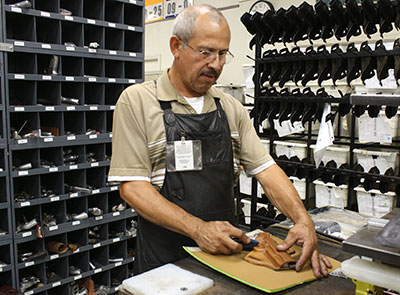
Design Time
Holster makers don’t cut corners when it comes to the design and function of their potentially lifesaving equipment, even when modifications are relatively simple. “Most holsters generally can take anywhere from a few days, but it could take up to a couple of weeks depending on the complexity of the holster itself,” DeSantis said.
The time frame at CrossBreed also depends on design complexity. “If it is brand new it could take years, whereas if it’s just a modification or new fit we might have it done in 10 minutes,” according to Engelking.
“Generally speaking, our products are principle based, so once we have a base model, adding the features each different model requires is a day or two worth of design work,” according to Tom. “We’ll then have molds cut on a mill, test press a few holster shells, and refine as needed. Typically, we can hit the mark on the second mold.”
Beta Testing
Physique, activity and daily schedule vary widely among gun owners, which presents an added challenge when it comes to testing prototypes. “We test a lot of our own gear in house by wearing it throughout the day. We try and simulate the average person and their day-to-day activities,” DeSantis said. For additional input, though, “We have also given out samples to trusted friends in the firearm community to try and find faults.”
CrossBreed tests its holsters extensively prior to launching production, according to Engelking. “We will test as much as needed until everyone on the product-development team is in agreement that the holster is ready for launch,” Cooper said, emphasizing staff consensus was a critical requirement leading to a successful launch.
Materials
Modern polymers have invaded the holster arena once considered a leather monopoly. They offer a variety of advantages, whether used in combination with the traditional material or exclusively. The challenges are different though, according to Tom. He said his holsters are “Largely a mix of Kydex and Boltaron, based on color and texture,” and “As for QC issues, any time we have someone new assembling or pressing, there are a few things to watch out for. Texture orientation is critical, overheating creates issues and there are some other cosmetic things that can lead to issues…”
As for what you should watch for when purchasing your next holster, Engelking offered this advice: “Don’t get overly caught up in trends and looks, focus on comfort and function first.”












